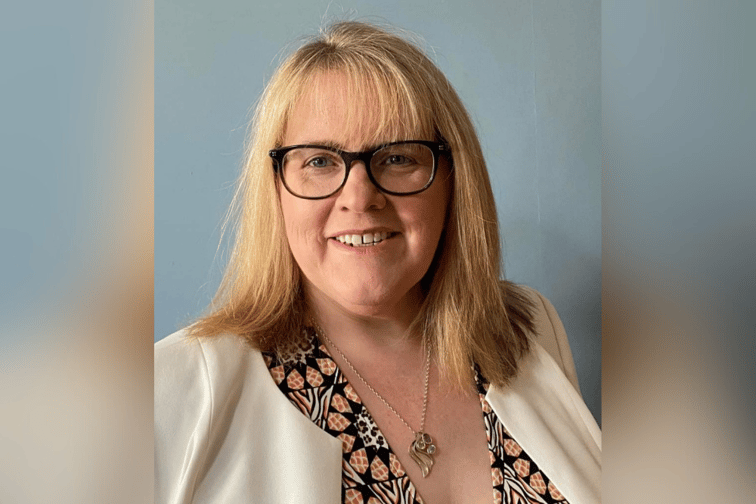

Better safe than sorry. A stitch in time saves nine. An ounce of prevention is worth a pound of cure… The English language is packed full of idioms that boil down to the same essential advice – it’s easier to prevent a problem from arising than correct it. Certainly, the power of preventative insurance solutions is enjoying its moment in the sun between Flood Re’s transition plan and a recent roundtable discussion in parliament centred on how planning reforms can help improve flood resilience.
Co-hosted by Aviva General Insurance CEO Adam Winslow and Emma Hardy MP, the roundtable identified how forthcoming changes to the National Planning Policy Framework and the introduction of National Development Management Plans “provide a critical opportunity to improve current rules and enable local authorities to build more sustainably”.
Discussing the critical importance of adaptive measures in reducing the risk profile of UK households, Hannah Davidson, senior underwriting manager at Aviva, said it’s an interesting time to be in the market as attention turns to customers’ understanding and engagement with insurance and the risk within their homes.
Particularly in the context of the rollout of Consumer Duty, she said, the question for insurers is how they can share their insights on the existing and emerging risks impacting customers. Fire, flood, subsidence, extreme heat and storms are all part of the risk profile facing consumers today but despite the well-worn adage of prevention trumping cures, there’s a complacency among consumers which it is critical to fight.
“Adaptation is going to be key to solving this, as was touched on in Flood Re’s recent transition plan,” she said. “And that adaptation is not just around the climate aspect but also around awareness of this risk. It’s a societal change but that attitude of, ‘it won’t happen to me’ is very apparent… People are seeing flood events in America or Spain and it’s coming back to that attitude of, ‘well, it’s not here’. But it’s not here yet because we recognise that climate change is not going to be a localised change.”
The time to act is now, Davidson said, and for Aviva that means actively stepping up efforts to educate customers and make them more aware of the risks they face, and what they can do to mitigate them. Helping customers understand the value of adaptative measures is especially critical and Aviva signing up to Flood Re’s Build Back Better initiative was a great example of how this looks when put into action.
“We’re also picking up on the calls to action from our Building Future Communities report which highlighted the need for the houses being built now to be climate resilient,” she said. “We’re calling for the prevention of building homes and commercial buildings in present or future floodplains but, where unavoidable, if you are building in a floodplain, build in those resilience measures from the outset.”
Collaboration between insurers, government and developers is the path to meaningful action around climate resilience. There needs to be a focus on pushing the government to implement and follow through on planning reforms, she said, and a drive to make property developers act responsibly – while insurers need to play their part in providing the financial security net that sits behind this.
The public also has an essential role to play in voicing their concerns and in taking onboard the resilience measures that reduce their individual risk profiles. Aviva is constantly looking at new ways in which it can educate customers and make them more aware of risk, and what they can do to mitigate that risk.
“As insurers, we are here to pick up the pieces,” she said. “But ultimately, we can’t replace your family photos or make up for the disruption to your lives for those 12-18 months while the house is rebuilt, or a property restored. That’s why it’s really important that people engage with this more.”
The devastating psychological and emotional impact of a large claims event cannot be fully appreciated by somebody who hasn’t gone through that turmoil. Davidson noted that she was recently visiting the site of a lightning-strike claim where the customers had already been out of their house for six months, and it brought home to her again what an incredibly draining experience it is for those involved.
“We do everything we can to get the repair processes underway to get them back in their homes as quickly as possible,” she said. “But you’re never going to replace that time they’ve spent out of the home, in temporary accommodation, or arranging somewhere to take your dogs or your cats. It’s real turmoil for customers, which is just one aspect of why these preventive measures are so important.”
An essential part of the education needed to reduce risk complacency among UK consumers is around highlighting that insurers are not just there to pay claims but do want to provide genuine resilience to insureds. Yes, there is a profit upside to well-implemented resilience measures, Davidson said, but, at the end of the day, it’s also about supporting and protecting consumers.
“I do think [the answer] is around looking for more innovative ways to engage,” she said. “But hopefully the regulations that are coming through will help with that. Because I think that is a lesson here, not just from an insurance perspective, but around that feeling that it’s always someone else’s responsibility. So, the more we engage – not just at Aviva but as a wider industry - with the public to raise awareness of insurance, the better that is for everyone.”
